Hygiene and Sanitation for Salons: A Guide for Beauty Professionals
In the beauty industry, maintaining impeccable hygiene and sanitation standards is more than a regulatory requirement but a cornerstone of professional excellence. For salons, these practices are integral to safeguarding client health, ensuring business success, and upholding your business’s reputation. With decades of experience supplying tools and supplies to salons, we understand how vital hygiene and sanitation are for daily operations at salons. This comprehensive guide will help you standardize cleaning practices with expert insights and actionable steps so your salon and employees maintain the highest standards of cleanliness and safety.
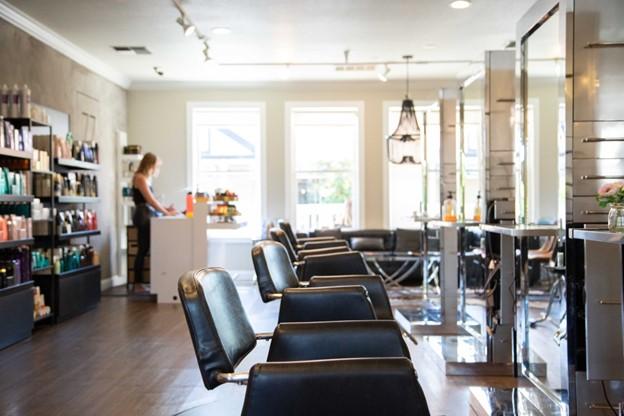
The Impact of Proper Cleaning Standards
Hygiene and sanitation in salons are paramount for several reasons. Firstly, they are crucial for client safety. Proper sanitation practices prevent the spread of infections and diseases, ensuring a safe environment for all clients. Secondly, high standards of cleanliness reflect a salon’s professionalism and commitment to client care, which enhances its reputation and attracts more clients. Or, conversely, failure to do so may result in a loss of customers, as the first thing most customers notice when entering a salon is how clean it looks. Thirdly, adhering to sanitation regulations is mandatory. Non-compliance can result in fines, legal issues, and even a forced closure. Lastly, clients are more likely to return to a salon where they feel safe and cared for, which directly impacts business success. Therefore, maintaining impeccable hygiene and sanitation is not just about compliance but also about building trust and loyalty with clients.
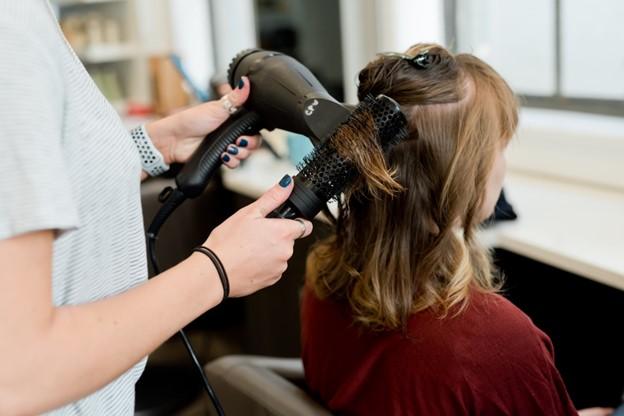
Essential Hygiene Practices
Now that we’ve covered why high-standards of hygiene and sanitation are crucial to salons’ success, we’ll break down the “how” so your salon can confidently enforce the best standards. To maintain a hygienic salon environment, several essential practices should be followed. Hand hygiene is the first line of defense against the spread of germs. Salon professionals should wash their hands thoroughly with soap and water before and after each client for at least 30 seconds. If soap and water are unavailable, hand sanitizers with at least 60% alcohol should be used. It is also a good practice to encourage clients to sanitize their hands upon entering the salon. This not only helps in maintaining hygiene but also reassures clients that their safety is a top priority.
Next, tools and equipment can be breeding grounds for bacteria if not properly sanitized. After each use, tools such as scissors, clippers, and nail files should be disinfected using EPA-registered disinfectants. This can be done with Barbicide®, which is one of the only EPA-registered disinfectants for salons. For tools that come into direct contact with skin or nails, sterilization using autoclaves or UV sterilizers is recommended. However, items like nail buffers and files should be disposed of after one use to prevent cross-contamination. By adhering to these practices, salons can significantly reduce the risk of infection and ensure a safer environment for both clients and staff.
Regular cleaning of surfaces in the salon is also crucial. All surfaces, including workstations, chairs, and sinks, should be cleaned and disinfected at the start and end of each day. Additionally, surfaces like brushes, combs, and scissors should be sanitized between each client to ensure a clean environment throughout the day. Floors should be swept and mopped daily, and restrooms should be cleaned regularly with a focus on high-touch areas like the door, sink, and toilet handles. These practices not only enhance the overall cleanliness of the salon but also create a pleasant and welcoming environment for clients.
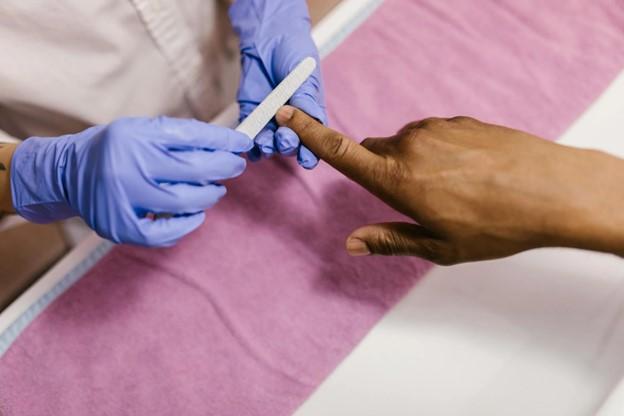
Advanced Sanitation Techniques
For salons looking to go beyond basic hygiene standards, adopting advanced sanitation techniques can make a significant difference. Using disposable liners for pedicure bowls and covers for chairs, which should be replaced after each client, gives your salon an extra layer of protection. Consider investing in technology like autoclaves, which use high-pressure steam to sterilize tools, ensuring the elimination of all bacteria, viruses, and fungi, and are actually required for all nail salons in Boston. These supplies and machines can significantly enhance your salon’s sanitation practices, improving sanitation results and potentially saving time as well. It can be helpful to sterilize a whole set of tools in a self-sealing steriziation pouch, so your team can easily grab a clean bundle for each new client.
UV sterilizers are also effective for disinfecting tools and surfaces, but it is vital to research and purchase the right one as some can emit dangerous levels of radiation. When used properly though, the ultraviolet light they use to kill microorganisms provides an additional layer of sanitation beyond what the autoclaves give. Additionally, they can be used on tools like hair dryers, phones, etc. without fear of melting in high heat (unlike with autoclaves).
Just as an artist’s tools are only as good as the artist, a salon is only as safe and sanitary as its staff. Ensuring that all team members are aware of and compliant with hygiene and sanitation protocols is an often overlooked but crucial step. Regular training sessions should be conducted to keep everyone updated on the latest hygiene practices and regulatory requirements; in some states, these meetings are required. In November of 2023, for example, New York signed a bill legally requiring salons to train their staff on updated sanitation policies and standards. Training should cover proper handwashing techniques, correct use and disposal of single-use items, effective cleaning and disinfection procedures, and the use of personal protective equipment (PPE) when necessary.
Implementing a system to monitor and enforce compliance is equally essential and we recommend designating a hygiene officer among your team. This individual would be responsible for overseeing sanitation practices, conducting regular audits, and providing feedback and corrective training as needed.

Advanced Sanitation Techniques
Salons that implement these practices should be proud of the work they’ve done to go beyond the basic requirements and make their salon truly clean, safe, and hygienic. Once you’ve made the changes necessary to follow the steps above at your own salon, the next step is to educate clients so they know your salon is one they can trust. Educating customers on your specific hygiene practices can build confidence and loyalty and also help set your business apart from the rest.
Displaying hygiene and sanitation protocols prominently within the salon reassures clients of the salon’s commitment to their safety. Using digital platforms and in-salon signage is a good way to inform clients about the measures taken to ensure a clean and safe environment. This can include emailing clients, detailing procedures on your website, and via behind-the-scenes social posts showing your team cleaning between clients or setting up for the day. Encourage clients to participate in maintaining a hygienic environment as well by promoting simple guidelines, like using hand sanitizer upon arrival and/or notifying a team member if they feel unwell, so your salon can be safer for everyone, especially your hardworking staff.
Your team’s creative vision and styling skills can take your salon to unimaginable heights, but one sanitation mistake can lead to a bad review that could sink your reputation. Hygiene and sanitation are the bedrock of a successful beauty salon that is trusted by its clients and the community. By implementing rigorous hygiene practices, investing in advanced sanitation technologies, and ensuring staff compliance, salons can create a safe and welcoming environment for clients.
Here at Qosmedix, we are committed to supporting salons in achieving these standards with high-quality products and expert guidance. That’s been our goal since day 1. Together, we can elevate the industry’s hygiene standards, ensuring the health and satisfaction of every client. For more information on our range of sanitation products and training resources, keep an eye on our website or reach out to one of our experts at info@qosmedix.com.
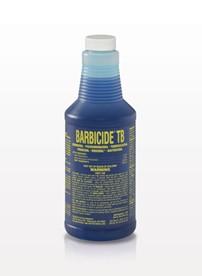
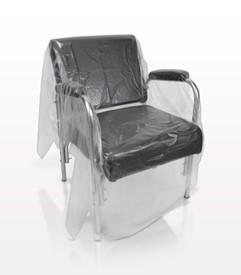

FAQs
Why is hygiene and sanitation important in salons?
Maintaining strict hygiene and sanitation standards in salons is crucial for preventing the spread of infections and diseases, enhancing the salon's reputation, ensuring client safety, and complying with legal regulations.
What are the key hygiene practices salons should implement?
Essential hygiene practices include thorough handwashing before and after each client, sanitizing tools and equipment with EPA-registered disinfectants, sterilizing items that contact hair, skin, or nails, and regularly cleaning and disinfecting surfaces and high-touch areas. Regular training sessions should be conducted to keep team members updated on hygiene practices and regulatory requirements. Designating a hygiene officer to oversee sanitation practices and conduct audits can help ensure compliance.
How can salons sanitize tools and equipment effectively?
Tools such as scissors and combs should be disinfected with EPA-registered disinfectants like Barbicide®. Sterilization using autoclaves or UV sterilizers is recommended for tools that come into direct contact with skin or nails. Disposable items like nail buffers and bowl liners should be discarded after one use.
How can salons educate clients about their hygiene practices?
Salons can display hygiene protocols prominently within the salon, use digital platforms to inform clients, and share behind-the-scenes cleaning processes on social media. Educating clients builds confidence and loyalty.